Venezuela had six glaciers measuring 1,000 square kilometers in 1910, but they quickly became so small that they did not qualify as glaciers.
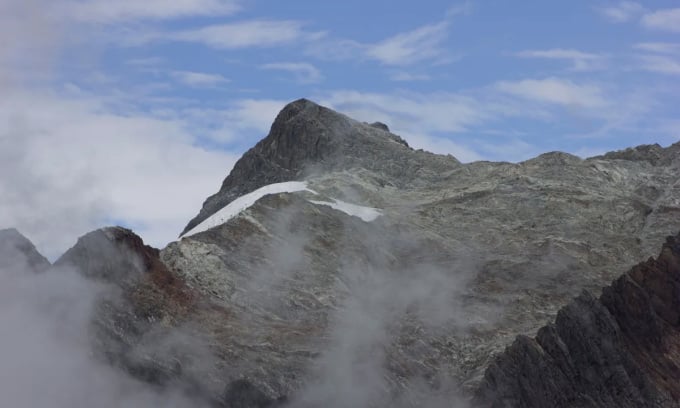
The Humboldt Glacier is now so small that it is classified as an ice field. Photo: Jorge Ferrer
The disappearance of the last glacier, Humboldt, puts Venezuela in the running to become the first country in modern times to see all its glaciers melt, IFL Science reported on May 8. In 1910, the South American country had six glaciers spanning a total area of 1,000 square kilometers. However, they have since dwindled to small ice patches that do not qualify as glaciers.
Venezuela’s five glaciers disappeared in 2011, leaving only the Humboldt Glacier, or La Corona, in Sierra Nevada National Park. However, Humboldt has now shrunk so much that it has been reclassified as an ice field.
"Venezuela no longer has glaciers. What we have is just an ice sheet that is 0.4 percent of its original size," said professor Julio Cesar Centeno at the University of the Andes (ULA).
At its peak, La Corona covered 4.5 square kilometers, but now it covers less than 0.02 square kilometers, or 2 hectares. Normally, a piece of ice must be at least 0.1 square kilometers in area to be considered a glacier.
Research conducted over the past half decade shows that glacier coverage in Venezuela decreased by 98% between 1953 and 2019. The rate of ice loss accelerated after 1998, peaking at around 17% per year from 2016 onwards.
La Corona covered about 0.6 square kilometers in 1998, but has shrunk to the point where it is in danger of losing its glacier status since 2015. "Our most recent expedition to the area took place in December 2023 and we found that the glacier had lost about 2 hectares since our previous visit in 2019, dropping from 4 hectares to less than 2 hectares today," said researcher Luis Daniel Llambi at ULA.
Also last December, the Venezuelan government began covering the Humboldt Glacier with geotextile fabric in the hopes of insulating and protecting it. The plan not only failed, but also angered conservationists who said it could lead to ecological pollution as the fabric degrades into microplastics over time. "These microplastics are virtually invisible, they penetrate the soil, from there they enter crops, lagoons, the air. Ultimately, people eat and breathe them," Centeno said.
Thu Thao (According to IFL Science )
Source: https://vnexpress.net/venezuela-tro-thanh-quoc-gia-dau-tien-mat-tat-ca-song-bang-4743789.html



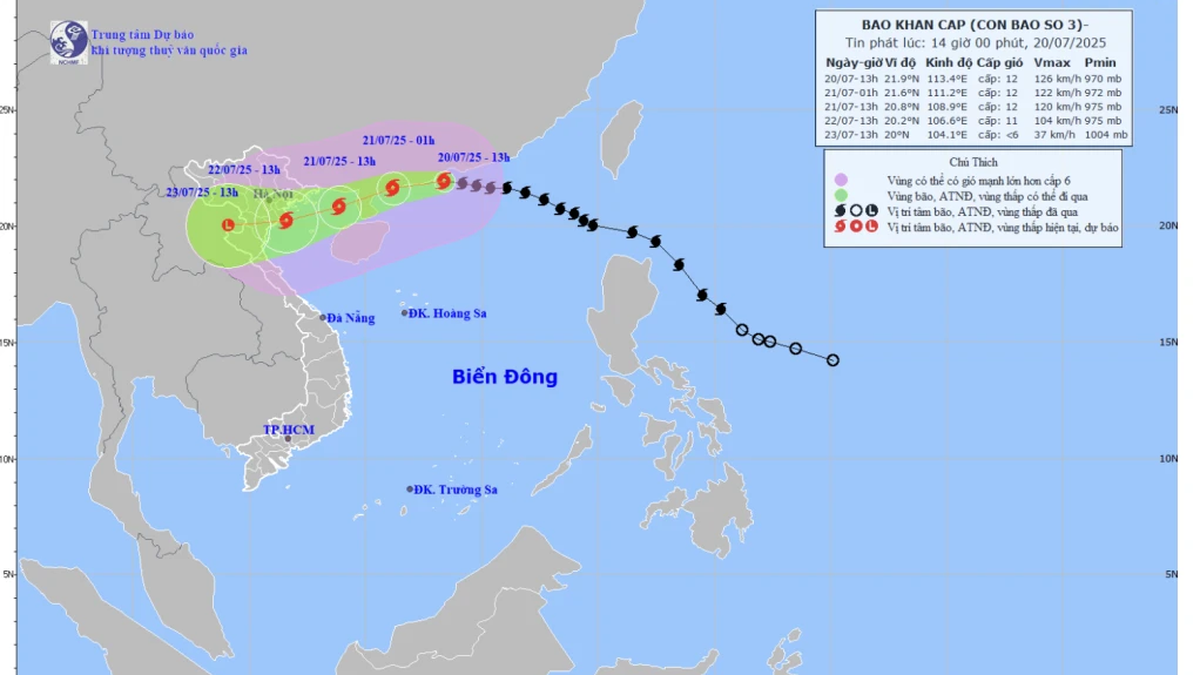




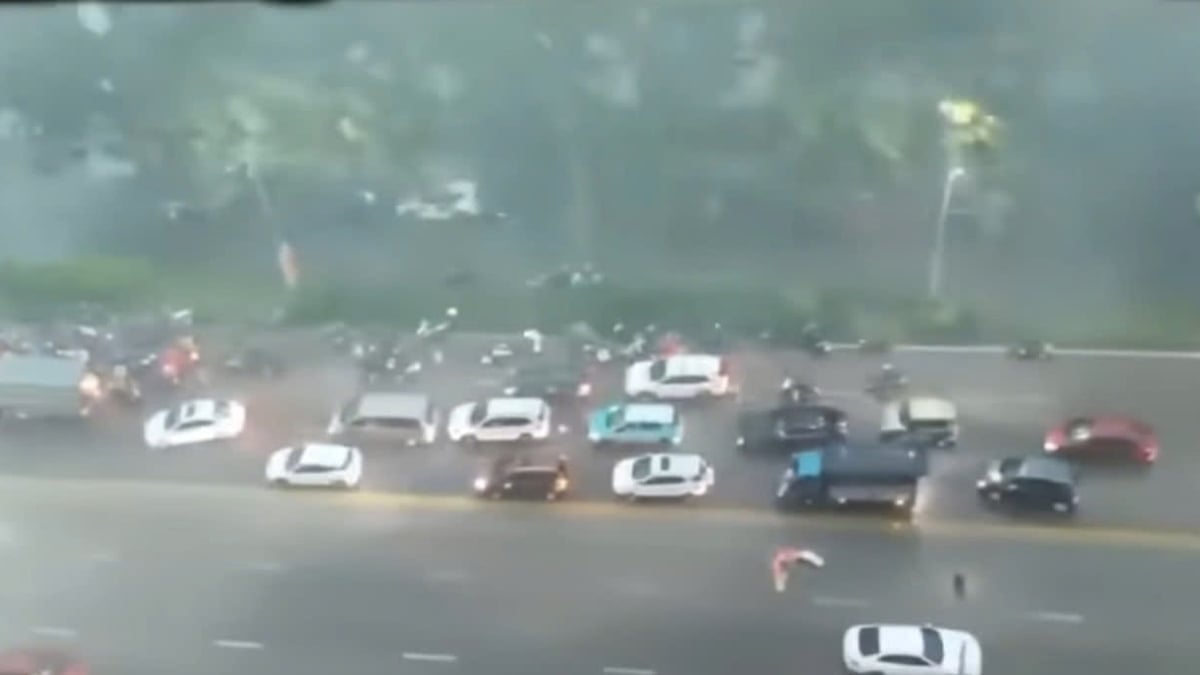
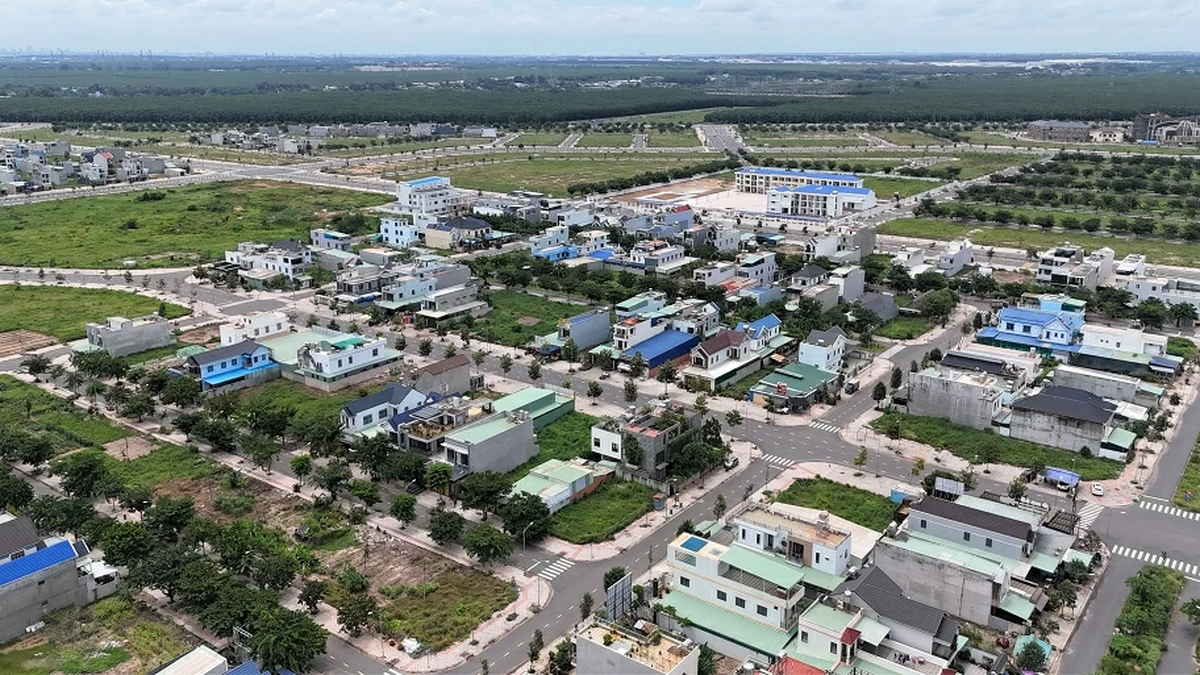

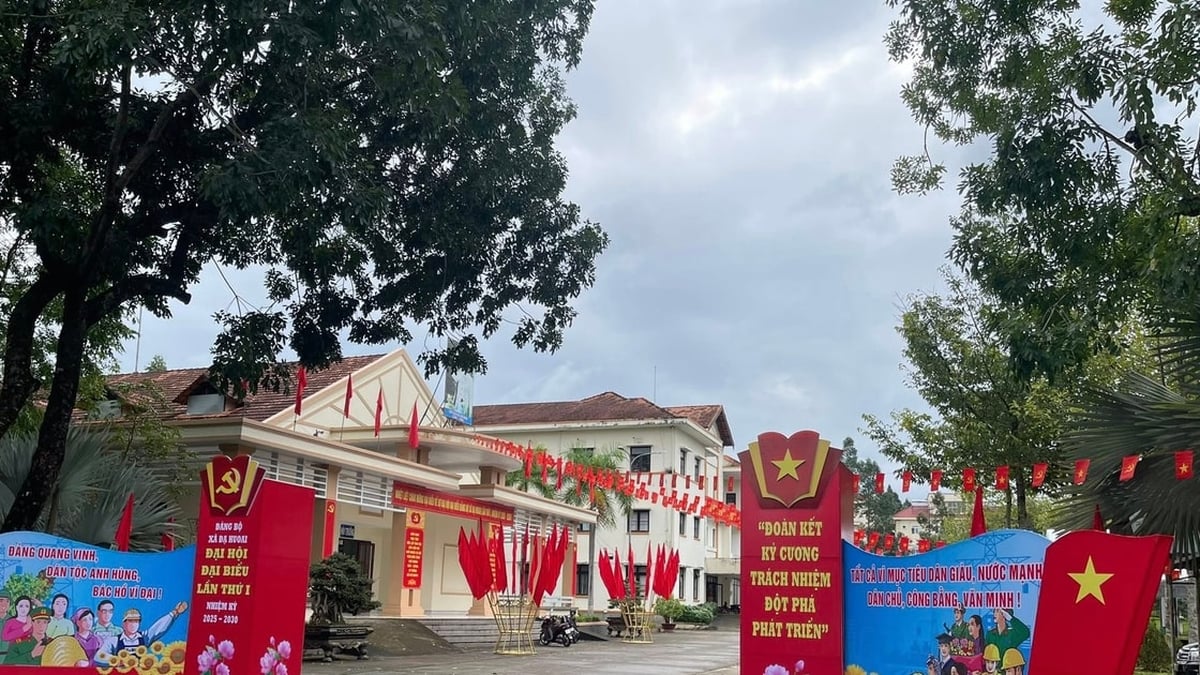










![[Photo] National Assembly Chairman Tran Thanh Man visits Vietnamese Heroic Mother Ta Thi Tran](https://vphoto.vietnam.vn/thumb/1200x675/vietnam/resource/IMAGE/2025/7/20/765c0bd057dd44ad83ab89fe0255b783)











































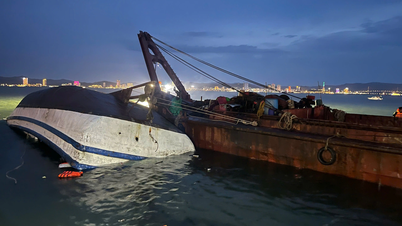

































Comment (0)